In contrast to claims made by the Biden administration and parroted by mainstream media, the regime ruling Iran has made its most significant nuclear moves in violation of the 2015 nuclear deal since Biden came into office. He has softened America’s Iran policy and seeks re-entry into Obama’s failed nuclear deal, officially known as the Joint Comprehensive Plan of Action (JCPOA).
Mainstream media will also never inform you that Iran’s regime was violating the 2015 agreement from day one and far before former U.S. President Donald Trump nixed the deal for its long list of flaws. The deal was reached in July 2015, and came into effect in early 2016, meaning even before Trump came into office. Yet, as mentioned, Iran had been violating the JCPOA since day one, knowing the then Obama/Biden administration would never pay attention as they were busy selling the agreement as a foreign policy victory.
Iran did not dismantle the core of the plutonium reactor at Arak, a city in central Iran, as required by the JCPOA. There is nothing to argue about the validity of such a claim because the former head of Iran’s Atomic Energy Organization acknowledged this himself.
Obama's unbridled appeasement of Tehran's ayatollahs allowed the regime to obtain a highly flawed nuclear deal and begin violating it from the get-go. Thus, any policy focusing on reentering such a failed deal is a lost cause.
This infographic shows the political and nuclear timeline of Iran’s nuclear crisis.
Trump left the nuclear deal (JCPOA) in May 2018. Iran responded by breaching its JCPOA commitments with five different measures. That is five measures through the span of over two-and-a-half years.
Pay close attention to the chronology that follows:
November 2020—Biden promises to return to JCPOA
February 2021—Biden rescinds Trump’s snapback of UN Iran sanctions under JCPOA implementing resolution 2231
April 2021—Biden rejoins nuclear talks
Iran has responded with at least nine breaches of its nuclear commitments. That is nine JCPOA breaches by Iran in just over a year. This makes it crystal clear that Iran received a message of appeasement from Biden and has been taking full advantage to this day.
Here’s a quick recap:
Iran breached the deal 5 times through over 2½ years of Trump’s term.
Iran breached the deal 9 times through just over a year of Biden’s term.
Now, let’s take a look at Iran’s nine JCPOA breaches during Biden’s era.
November 2020
Iran’s enriched uranium stockpile grows to over 2,400 kgs. Iran begins enriching uranium in advanced IR-2m centrifuges at Natanz Fuel Enrichment Plant (FEP).
January 2021
At Fordow, a site deep into the heart of mountains protected from airstrikes, Iran starts enriching uranium to 20 percent purity, or 90 percent of the effort necessary to reach weapons-grade uranium (WGU). Establishing the ability to enrich uranium at 20 percent places the party involved at the very doorstep of enriching at WGU and taking such a step is only considered a political decision, no longer a technical one. Furthermore, the very existence of a uranium enrichment site far deep inside a mountain is suspicious enough, let alone it enriching uranium at 20 percent or higher.
February 2021
Iran stops implementing the Additional Protocol and JCPOA monitoring measures, which provide International Atomic Energy Agency inspectors greater insight into Tehran’s nuclear activities. Absent these, IAEA access and monitoring at nuclear sites are restricted. Tehran threatens to destroy IAEA data and makes 3.6 grams of uranium metal (used in nuclear weapons cores). The IAEA detects undeclared uranium at two sites.
April 2021
At the Natanz Pilot Fuel Enrichment Plant, Iran begins using advanced centrifuges to enrich uranium to 60%, or 99% of the effort necessary to reach weapons-grade uranium. At the Natanz Fuel Enrichment Plant, Iran also uses 1,044 IR-2m centrifuges and 348 IR-4s to enrich uranium up to 5 percent purity.
May 2021
Iran’s enriched uranium stockpile grows to over 3,200 kilograms. The IAEA is forced to provide only stockpile estimates due to Tehran’s reduction in agency monitoring.
“Since 23 February 2021, the Agency has not had access to the data from its on-line enrichment monitors and electronic seals, or had access to the measurement recordings registered by its installed measurement devices (para. 67.1). Iran has issued long-term visas to Agency inspectors designated for Iran as requested by the Agency, provided proper working space for the Agency at nuclear sites and facilitated the use of working space at locations near nuclear sites in Iran (para. 67.2).
“Since 23 February 2021, the Agency has not been provided with any information or access to data from containment and surveillance measures relating to the transfer to UCF of uranium ore concentrate (UOC) produced in Iran or obtained from any other source (para. 68). While the production of UOC has remained under continuous monitoring by Agency surveillance equipment, the Agency has not had access to the data and recordings collected by its surveillance equipment. Iran has not provided the Agency with any information on the production of UOC or on whether it has obtained UOC from any other source.”
June 2021
Despite a temporary political arrangement it reached with the IAEA in February, Iran refuses to confirm that it continues to collect and hold in its custody IAEA monitoring and surveillance data at sites Tehran has barred the agency from visiting.
August 2021
Iran produces 200 grams of uranium metal enriched up to 20 percent. It is worth noting that Iran has no credible civilian use for uranium metal.
Mohammad Eslami, head of Iran’s Atomic Energy Organization, says if by acquiring uranium metal we make the Americans feel threatened, let them feel threatened. Such regime officials have been emboldened throughout the Biden presidency and his administration’s weak appeasement approach.

November 2021
IAEA reports no progress in safeguards investigation into undeclared uranium and activities at three Iranian sites and concerns about activities at a fourth site. Independent estimates find Iran has enough enriched uranium to make weapons-grade uranium for four nuclear weapons within six months and could WGU for one weapon in three weeks.
“The Director General had expressed his deep concern that the Agency had found indications that nuclear material had been present at three of these locations, for which Iran had yet to provide the necessary explanations, and that the current location(s) of the nuclear material were not known to the Agency. Nor had Iran answered the Agency’s questions with regard to another undeclared location or clarified the current location of natural uranium in the form of a metal disc.
The Director General reiterated the requirement for Iran to clarify and resolve these issues without further delay by providing information, documentation and answers to the Agency’s questions. He also stated that the lack of progress in clarifying the Agency’s questions concerning the correctness and completeness of Iran’s safeguards declarations was seriously affecting the ability of the Agency to provide assurance of the peaceful nature of Iran’s nuclear programme. The Director General had reminded Iran that implementation of modified Code 3.1 is a legal obligation for Iran under the Subsidiary Arrangements to its Safeguards Agreement which, in accordance with Article 39 of Iran’s Safeguards Agreement, cannot be modified unilaterally and that there is no mechanism in the Safeguards Agreement for the suspension of implementation of provisions agreed to in the Subsidiary Arrangements.”
December 2021
Iran starts enriching 20 percent uranium using a cascade of IR-6 centrifuges at its Fordow plant, providing a fast route to weapons-grade uranium production at a highly fortified facility.


October 16, 2020
The Iranian opposition coalition National Council of Resistance of Iran (NCRI) unveiled a new nuclear weapons site near Tehran. This is a stark reminder that the 2015 nuclear deal, crafted by the then Obama/Biden administration, did not block Tehran’s path to nuclear weapons as they constantly promised.

Again, one needs not to go far. Merely listening to the regime’s own officials proves the undeniable fact that Iran is seeking to obtain nuclear weapons. On February 10, 2021, former Iranian intelligence minister Mahmoud Alavi said Iran has no intention to pursue nuclear weapons, “but if you push a cat to the corner, its behavior might change.” This is yet another episode in Iran's nuclear extortion.

While we are discussing this important issue, there is a necessity to answer the following question:
Can Iran and/or its proxies deploy “dirty bombs” with suicide drones?
Tehran knows it will not be allowed to produce conventional nuclear weapons. One option is using suicide (kamikaze) drones in “dirty bombs” attacks by its own forces and/or proxies. This is a topic that has unfortunately gone neglected and needs to be carefully evaluated.
To wrap things up: Iran has been violating the Obama/Biden nuclear agreement, aka the JCPOA, since day one. Talk over this issue flared after Trump nixed the deal, with pro-appeasement figures and entities, along with mainstream media, lashing out at the former president. What has gone neglected, however, is the fact that Iran has violated the JCPOA more during the Obama and Biden administrations, then the Trump administration. Why? Because Tehran knows it can milk any the Obama/Biden crowd without impunity due to their weak appeasement policies. This was not the case during the Trump era.

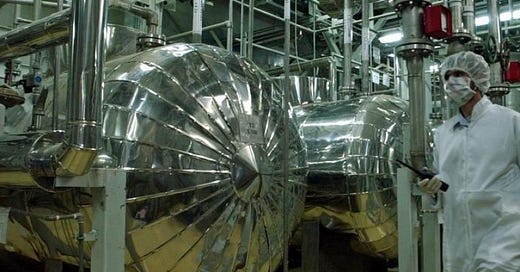



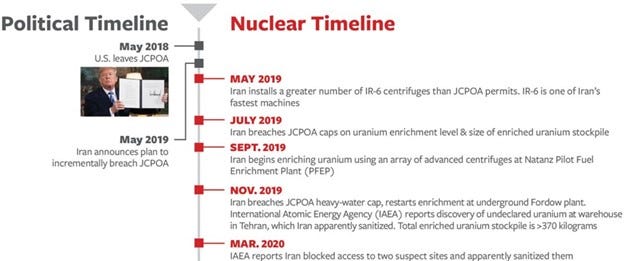
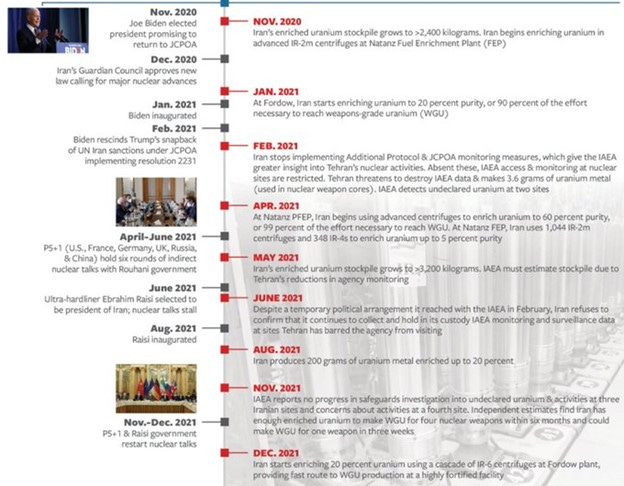
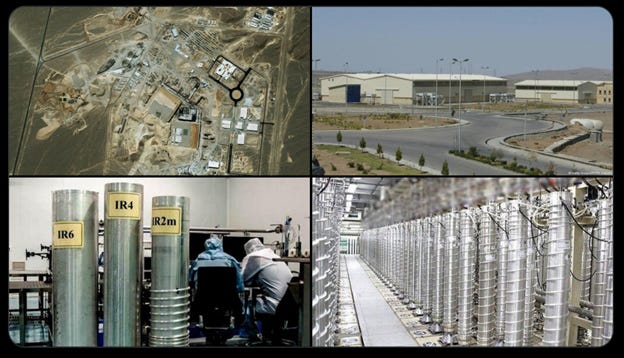
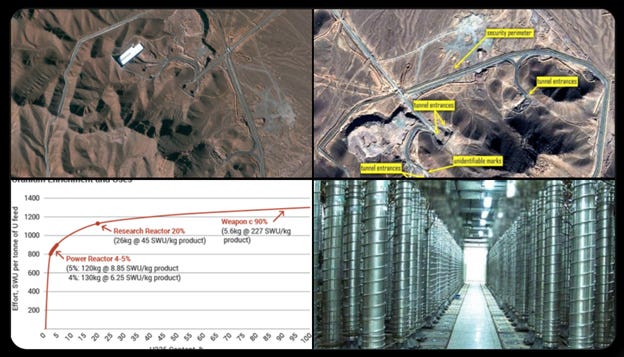
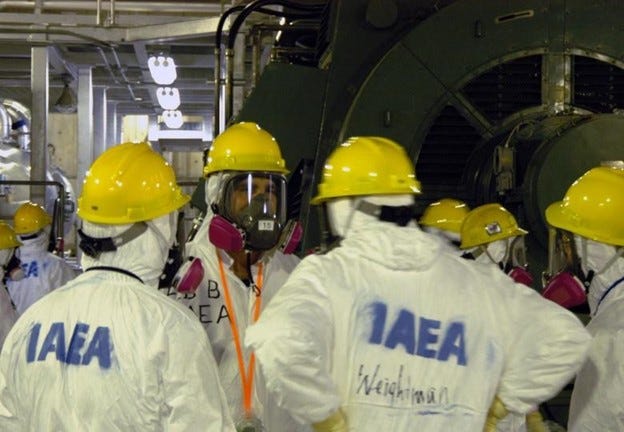
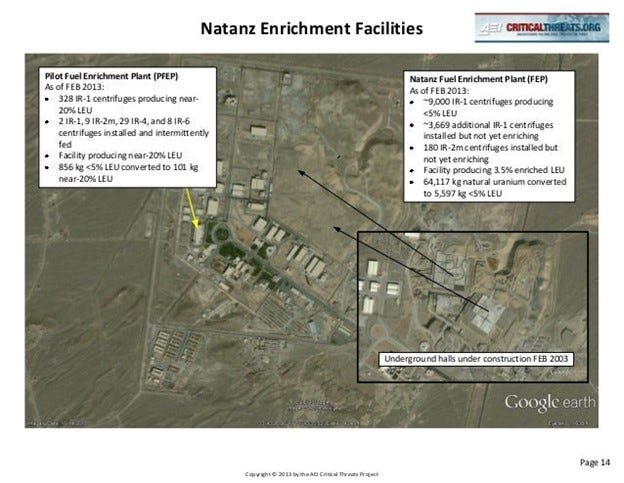
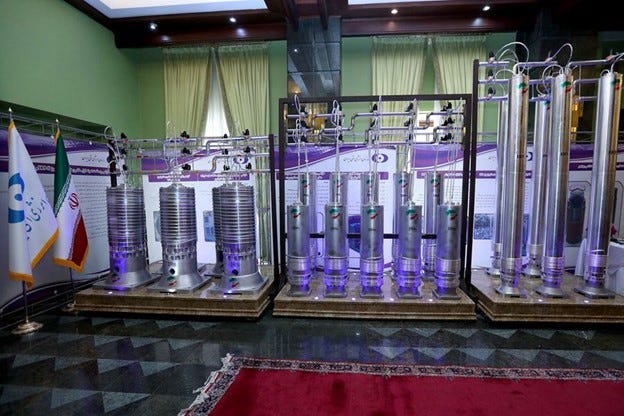
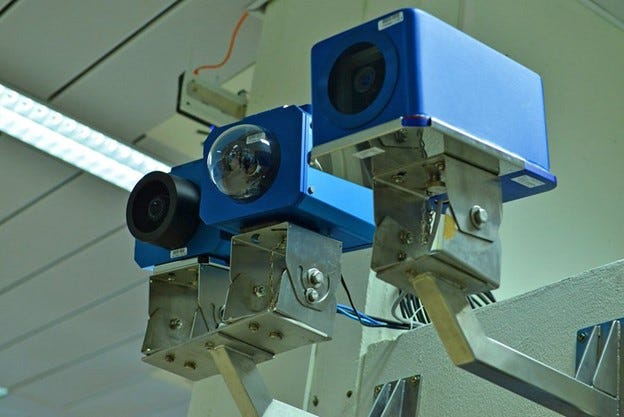
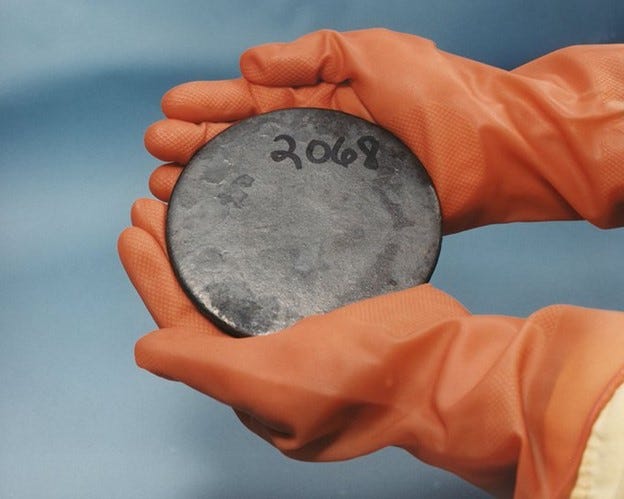
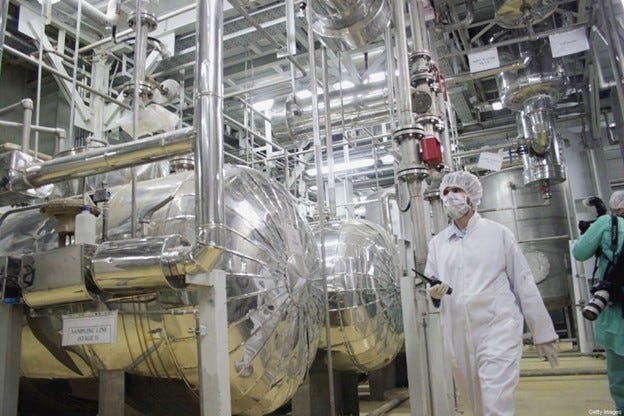
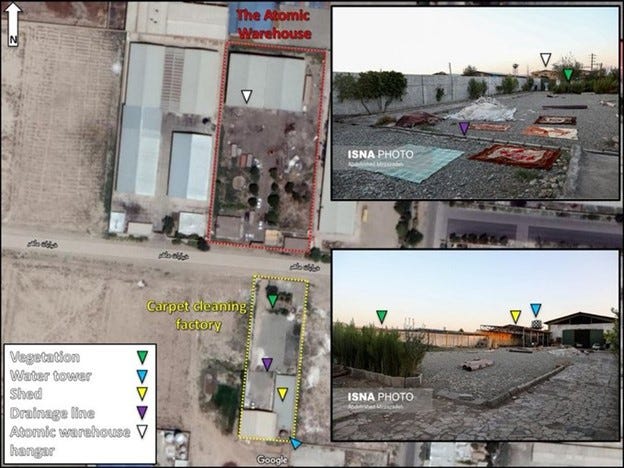
Thanks for the very enlightening articles and the efforts you make to do this. Thanks